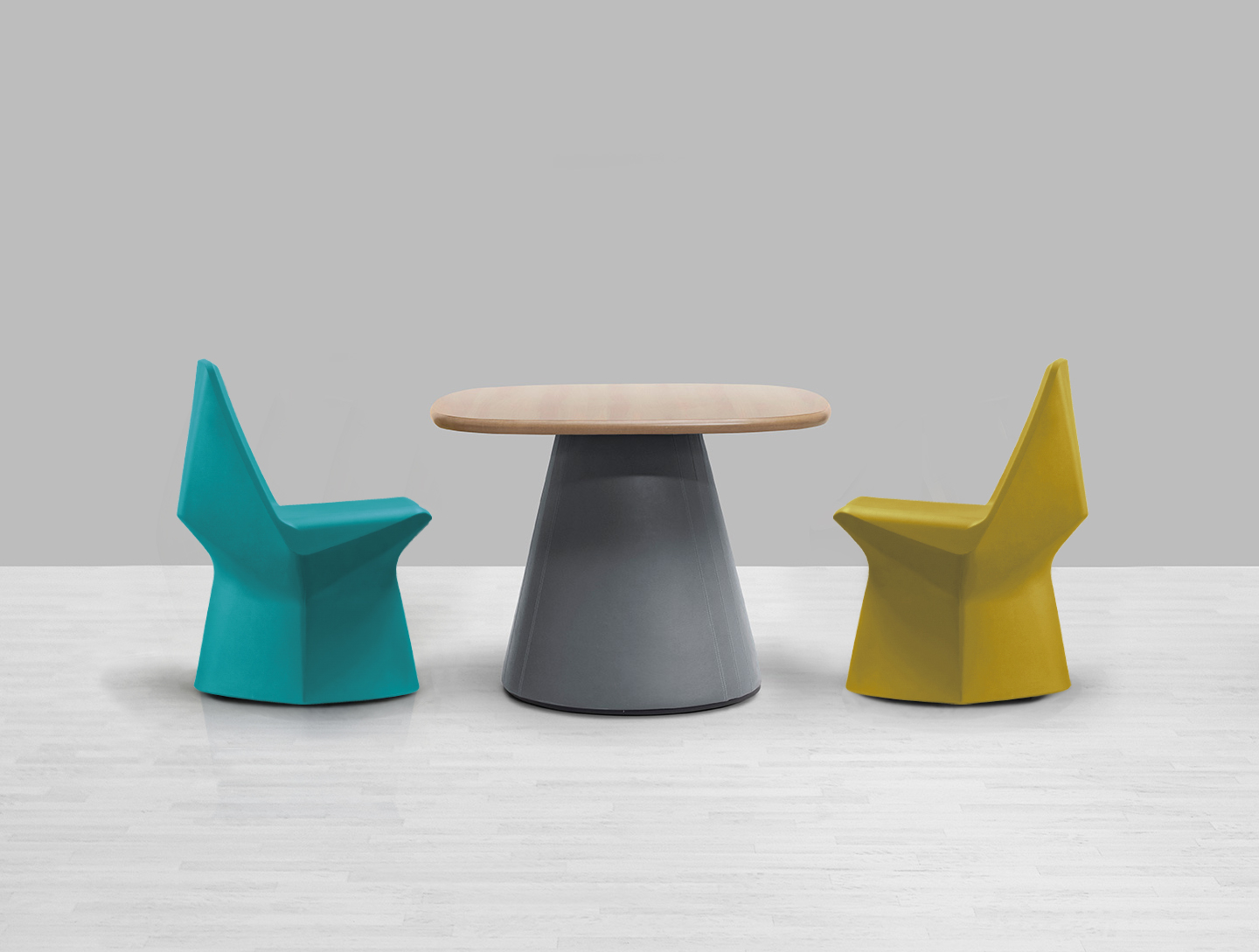
Designing modern furniture ranges for challenging environments like mental health facilities means ensuring products are comfortable and homely, but, most importantly, safe.
Psychiatric patients are among the most difficult to design for as their conditions can cause a plethora of different symptoms including violence, aggression and self harm.
Because of these risks, all furniture needs to be specially developed, usually weighted down so it cannot be thrown, and with sealed joints so that contraband cannot be hidden.
And nowhere is this more important than in dining areas, which are often communal spaces where patients gather in large groups.
Coming together
Nigel Davis of Teal Furniture explains: “Having worked with many varied providers over the years we know that mealtimes are fundamental to recovery and health and wellbeing.
“But experience also tells us that these can be volatile times, often creating situations whereby service users are thrown together in much closer proximity.
“Inevitably, with higher levels of interaction, you are likely to have higher instances of unrest and conflict.
“This means the choice of furniture for these environments needs to be very carefully thought through.”
And the very-limited space in many mental health units puts added pressure on designers and product specifiers.
Davis said: “No one service user type or group offers the same challenges. For example, medium-secure units will generally be concentrating more on robustness, while environments for people with dementia will have very-different considerations.
“Understanding these differences will determine the direction of design.”
He added: “Frequently the merging of day areas in order to optimise both layout and observation results in lounge and dining areas being one open-plan space.
“While this approach has many benefits, such as improved sightlines, a greater sense of space, and opportunities to use dining areas as activity spaces outside of mealtimes; it can also lead to overcrowding when it comes to furniture.
“Specifying a more-compact dining chair will assist in reducing the visual clutter and maintaining the open-plan feel. However, with the number of bariatric patients being admitted to hospital rising, provision should also be made for obese service users.”
Key furniture products for these spaces include chairs, dining tables, and cabinets and storage.
Are you sitting comfortably?
“Chairs range from lightweight stacking models, through to 60kg weighted moulded dining chairs,” said Davis.
“A wide range of timber-framed chairs, with and without arms or skids, are now readily available, and also fully-upholstered weighted seating in both high and mid-back options, with co-ordinating bariatric chairs.
“By having a number of different options within the ranges we are able to give customers choice, which enables them to tailor these designs to their specific requirements.”
Modern table ranges are also largely heavily weighted pedestal designs available in both circular and soft-square options, which avoid possible ligature issues.
Larger models are being specified where service users dine in larger groups.
Cabinets are mostly required for the storage of games and other equipment for social interation.
In the very-latest ranges these can fixed or loose and with or without locks so that staff can restrict access where necessary.
Davis said: “Decisions relating to the specification of furniture in modern mental health wards are impacted by a number of drivers, including budgets, interior design approaches, and staffing levels. The fewer staff, the greater the emphasis on furniture within a unit.”
He adds: “In modern mental health wards we need furniture that will last, that can withstand higher levels of abuse, and which will
improve the overall feel of the ward.
An informed choice
“We are seeing greater issues with graffiti, rips and tears and general scuffing of furniture.
“A torn vinyl can’t be cleaned, so becomes an infection control issue. It also means items can be hidden.
“Similarly, a chipped laminate can be dangerous and any loose edges can be used to self harm.
“With this in mind, we are developing our products to feature new anti-graffiti vinyls and are paying particular attention to edging.”
Teal’s specially-designed products include the multi-use Roku Keata chairs and tables, which were created by international furniture designer, Ben Grafton.
They are rotationally moulded and shaped to reduce the likelihood that they can be picked up and thrown without just adding extra weight.
Offering advice to specifiers, Davis said: “We encourage all our customers to make informed choices over time.
“We offer physical samples which they can lift, sit on, and use in practice. They can also visit our showroom or showvan and try these products before they buy.
“Increasingly, we are also helping trusts with layout and space planning and have a team dedicated to this.
“It’s not just about providing them with a bit of furniture. We try to understand what they want to achieve, to understand service users’ needs and what will make staff safer.”